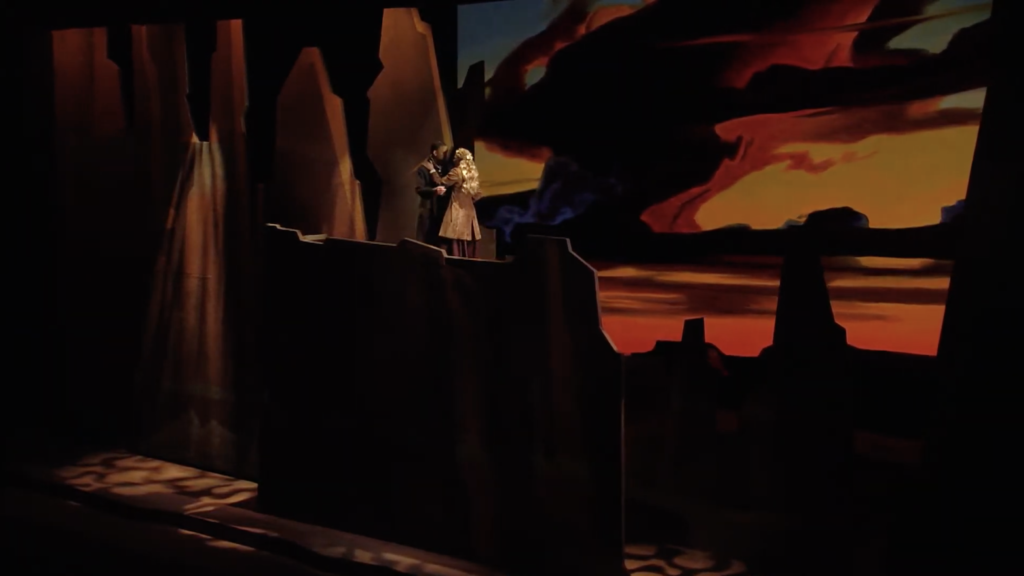Bringing New Life And Depth To The Ol’ Horse Opera
DIRECTED BY: KRISTIN ATWELL FORD/2020
DVD STREET DATE: NOVEMBER 8, 2022/KINO LORBER
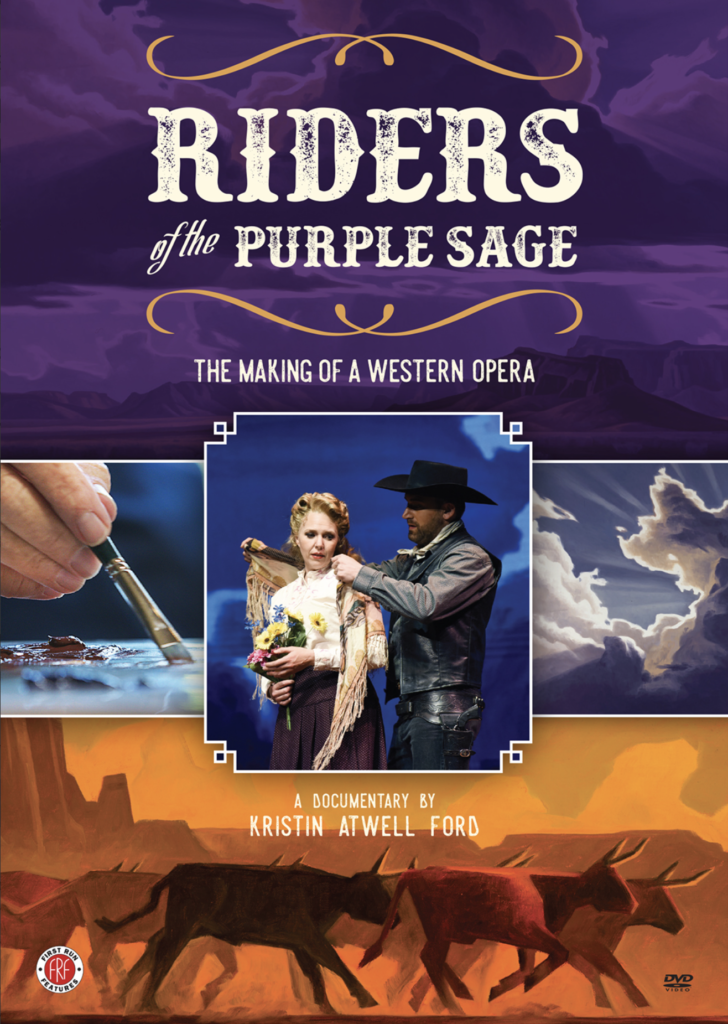
Kristin Atwell Ford’s documentary posits in its opening moments the question few had rattling around in their heads: “Is it appropriate to mount a Western opera?” But once the question is allowed to settle ‘neath the dirt and bramble of the mind, the only answer is another question: “Why has there never been one before?” Indeed, the two forms seem as far from each other as the east is from the west, if the conversation is only given to the immediate trappings of each. But take a look at opera, its stage-bound yet sweeping grandiosity, with larger than life stage productions, mythical templates flattened and stretched across hours of gut-punching song, is the apotheosis of the big and broad.
Stand that next to the trajectory of the cinematic Western from the scratchy one-reelers of the silent era, through the stalwart John Ford/John Wayne era, and then into the showy blossoming of Western iconography into medleys of over-the-top action and camera-play – the so-called “Spaghetti Western”, with its whip pans, snap-zooms, and the most extreme iterations of cowboy archetypes up to that point, and you suddenly can’t separate the two modes. Never mind that the most successful purveyor of that gaudy-grand Western style is Sergio Leone, born and cinema-bred in Italy, the birthplace of opera, and your confounded brain is forced to reconcile the two mediums as blood brothers separated at birth.
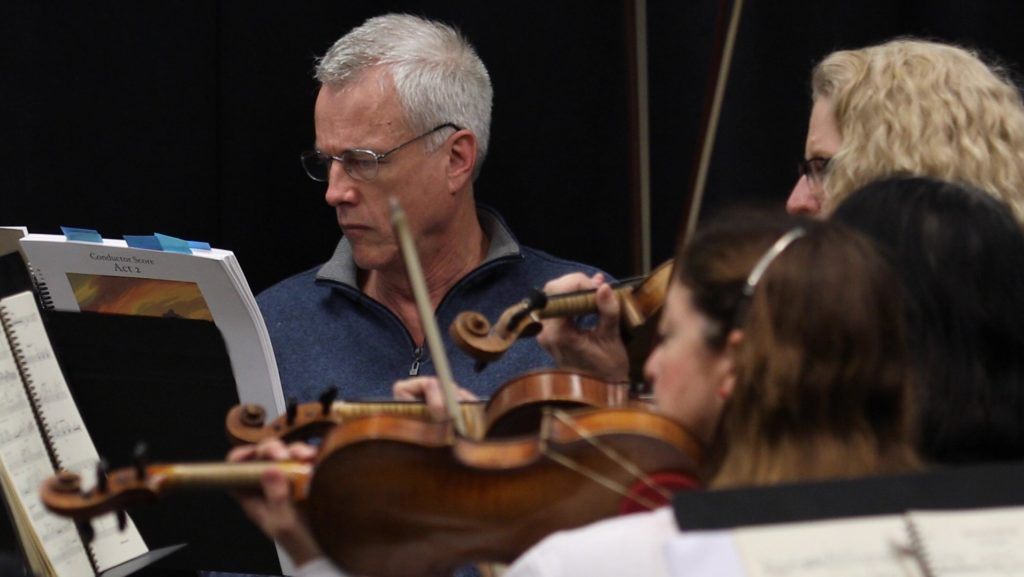
This alchemy was not lost on composer Craig Bohmler, who discovered Zane Grey’s 1912 masterpiece, Riders of the Purple Sage, quite by accident after a random visit to the Grey museum in Payson, Arizona. He found in Grey’s story the heart of an opera: the tale of a headstrong Mormon woman and her interactions with church leaders, who want her land and dutifully oppress and harass her for it, while Lassiter, a classic cowboy loner, enters the story in search of the man who killed his sister – he’s clothed in black but revealed to be saintlier than the holy men who wish him dead.
To the uninitiated, this sounds like wallowing in insipid tropes, until it’s understood that Grey invented what was later borrowed and beaten by other writers and countless Western films. Grey himself would have first called his stories romances over Westerns, and his story here is his most required word on the subject. (It was named by the Library of Congress as one of the hundred books that shaped America.) So Bohmler’s instinct to cast the story against the structural tropes of an opera is one that Grey himself might welcome.
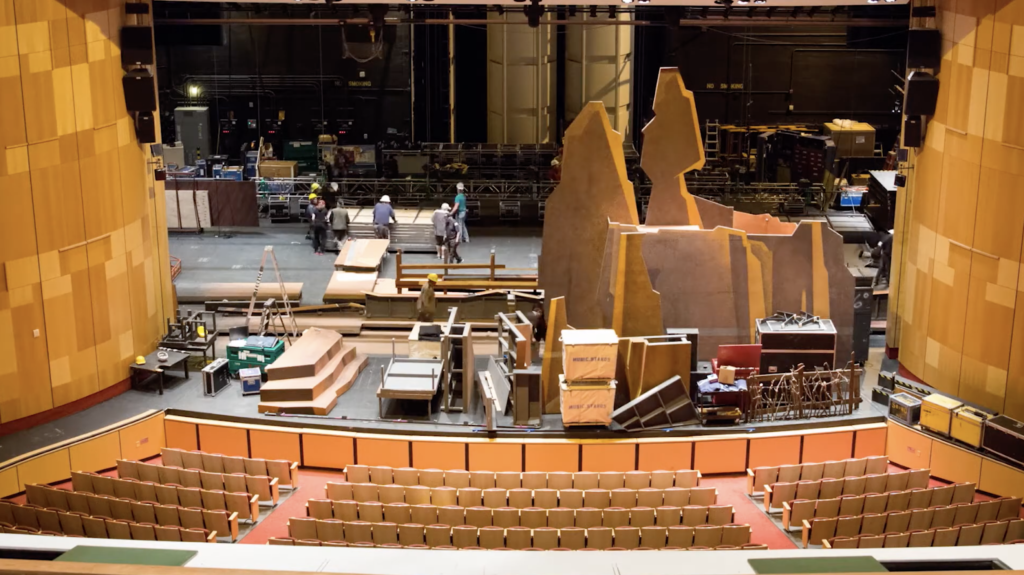
The documentary follows the route Bohmler and librettist Steven Kohn took as they mounted the first ever hybrid Western opera, all the way from inception to world premier at Arizona Opera in Phoenix. Ample interviews combine with footage of voice and dress rehearsals and montages of stage construction to show the expanse and expense of Arizona Opera’s gamble to wedge these two art forms into one. Most striking is the work of Ed Mell, the celebrated “visual poet laureate” of Arizona, who guided the construction of massive wooden replicas of majestic, sunset-bathed buttes and craggy, angular cliffs, all set against a 57’ x 27’ digital video screen displaying rolling clouds and flashing storms, befitting the moments of rapturous emotional tumult.
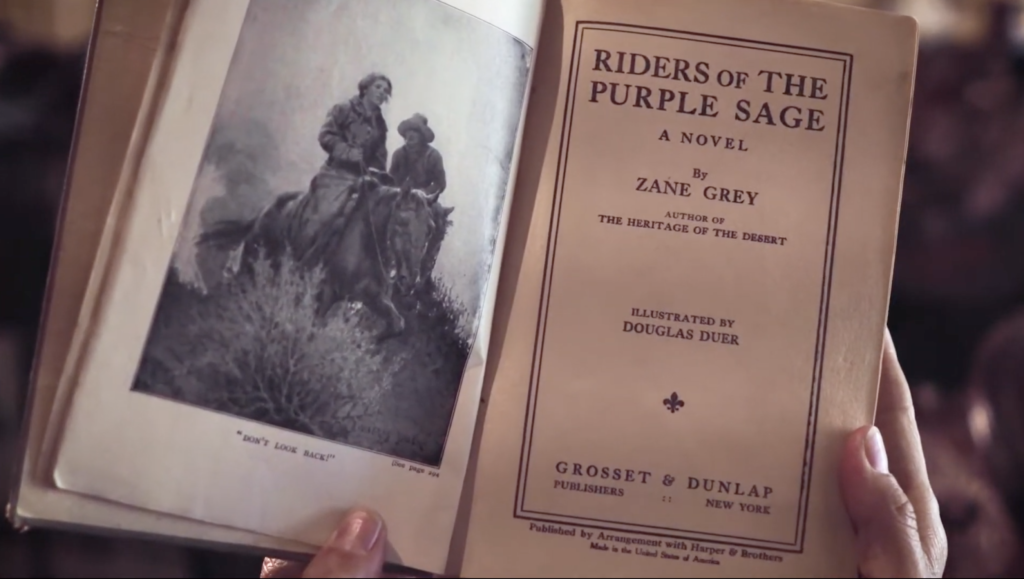
Director Fenlon Lamb wrangles all the sprawling elements, working with Bohmler to remain true to audience expectations of both opera and the Western, while also pinpointing and nurturing the human elements of the story that would be competing with the necessarily grandiose presentation. Together, the company faced down these natural obstacles while embracing the truth that setting an opera in the west does the same thing as setting any story in the west, the environment elevates the material into the realm of the mythic. Bohmler used the landscape itself as inspiration for his music, using the highs of mountain peaks in contrast to the lows of the valleys, with almost no middle. “It’s space that you can see in the music,” he says. And it’s that howling center that contains the ultimate friction at the heart of the story America tells itself about its own beginnings. The constant 19th century push toward civilization, with all its taming of the land, always in contrast to the embracing of the elemental, the preservation of the simple, unencumbered, independent life, the opposite of what the cowboy might call “settling”. So the very setting matches the grandiosity of the themes as well as the essential “bigness” of the opera experience. Simply put, the west is big and open enough to contain what many would think of as the larger-than-life, somewhat overwrought medium of opera.
The final section of the documentary presents a Cliff’s Notes iteration of the finished opera on opening night, giving us a taste of what that first audience must have felt – and even in that truncated fashion it’s clear that Bohmler, et al, had got their instincts right, and had redeemed the pejorative phrase “horse opera” unto possible greatness. It’s a moving work of art, caught cleanly and fully in this slight but vibrant documentary.
